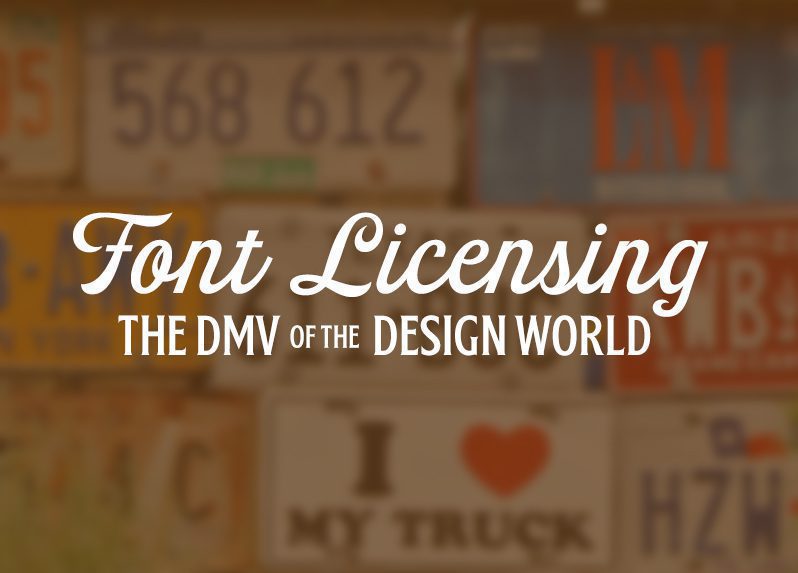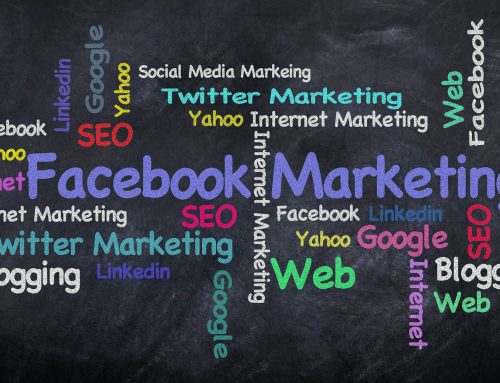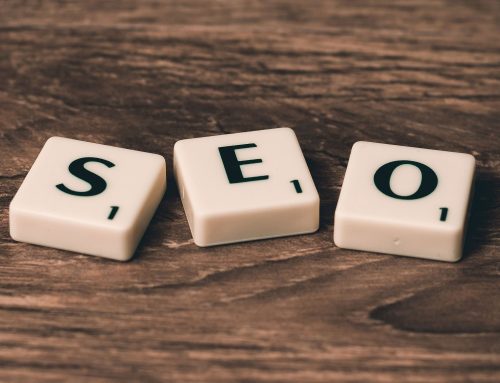Working with fonts is an everyday occurrence for designers. Working with good, new fonts can be tricky. Font websites throw around words like commercial use, personal use, open source – what does it all mean? It’s best to know what these words mean before you use a font. There are a lot of legalities around font usage, so it’s important to be well-informed in the world of fonts. So, we took our knowledge and research, and put it into a guide to font usage!
Difference Between a Font & Typeface
Did you know there is a difference between “font” and “typeface”? A font is actually a computer file or program that tells a printer how to display a letter or character. However, typeface is a set of letters, numbers and symbols. For instance, Helvetica is actually a typeface.
Copyright Law
Copyright is a type of legal protection for people who make original works. Under the 1976 Copyright Act, the owner of an original work has exclusive rights to distributed, reproduce, display, etc. the work. These rights can also be licensed, sold, or donated to other parties. One of our recent blog posts has more information on copyright laws.
Generally speaking, copyright law does NOT protect typefaces. However, fonts may qualify for legal protection as long as they also qualify as a computer software / program. Essentially, the law protects the font software, and not the art / design of the typeface.
Licensing Gives you…
Permission to use the font
If you’re purchasing a font, that does not mean you’re completely buying the font. You’re actually purchasing permission to use the font, subject to the license agreement terms, of course. This is typically called the End User License Agreement, or EULA, for short.
Indicates how / where to use the font
A license agreement will explain how you can and cannot use the font. If you use a font in a way that is not permitted by the license, you’re at risk for legal action. The agreement may also point out where you can or cannot use the font. Most of the common uses are desktop, web, commercial, and open source, which will be explained shortly.
How many people can use the font
Most license agreements put a limit on the number of people who can use the font – sometimes called “seats” or “workstations.” If you plan to exceed the limit, you most likely will have to purchase an additional license.
How many people can view the font
This limit is more common for web fonts. The license agreement will limit the number of page views, or, if used for an ad, digital ad views/impressions.
Different Types of Licensing
Desktop & Print
This is a standard font license that applies to the majority of the typefaces that already are programmed into your computer. It allows you to use the font on your computer and produce images/designs, mostly for print. This can apply to projects like t-shirts, posters, business cards, mugs, etc.
Web
In the EULA, if your font is permitted for web purposes, you are allowed to utilize/embed the font in any web/digital projects. The name speaks for itself!
Personal
Many, many fonts online are downloadable for personal use. Oftentimes, you can download a font for free, for personal use. Once you get into commercial territory, you may have to open your wallet.
Commercial
Commercial licensing usually comes with a price tag. If a font is labeled free, it might only be free for personal use – you may need to purchase the font for commercial use (if you’re working with a company or client). Many times, a company or client must also have the license.
Open Source
If you find yourself an open source font, hold onto it tight. Open source fonts are free to obtain, free to use, and free to share. Open-source fonts can also be modified – what more could a designer dream for in finding a font? The only restriction is that you can’t resell the typeface.
One great resource to find many open-source fonts is Google Fonts. Google Fonts has an entire library dedicated to fonts. These fonts are also web-friendly and print-friendly, which is the best of both worlds, especially if you’re building a new brand that will need materials for print and web. Finding dual-friendly fonts is especially important for brand consistency and recognition.
Google Fonts does list some fonts that are not free – those are indicated clearly with a different icon (an arrow pointing up and to the right), and when selected, redirect you to the site you can purchase them from.
NEVER assume a font is totally free for any use. Just because a font is listed online as “free” might mean it’s only free for personal use. If you use that font for commercial use, you could find yourself in trouble.
When in doubt, contact legal help or the author of the font. If you’re ever completely unsure or have a feeling you may be using a font illegally, definitely check with an expert. Sometimes you can even get in contact with the author of the font to be totally sure you’re using the font the way the author intended.
How Much Do Fonts Cost?
Simply put, a font can range from a few dollars to thousands of dollars, depending on the type of font. Font families with many types of weights (bold, regular, italic, light, etc.) are probably going to be more expensive than a single handwritten font. Try and look for font sales to get good deals on font families.
Here are some of our recommended font websites to check out:
Fonts can definitely be tricky to work with. We’ve all been in that moment where you find the perfect font, but it costs $300 for a license. However, many font sites hold seasonal or semi-annual sales. Stay on the lookout for those to add to your font collection, but make it affordable. Google Fonts is constantly updating their site with new open-source and (some) restricted license fonts. It’s a great, trustable resource. As long as you understand the legalities behind different fonts and license agreements, you’ll never have to sweat about if you’re using a font legally or not.
At Prizum Creative, we love building brands – contact us today, and we’ll be happy to help you build your brand to look high-end and consistent. Let’s get creative.





